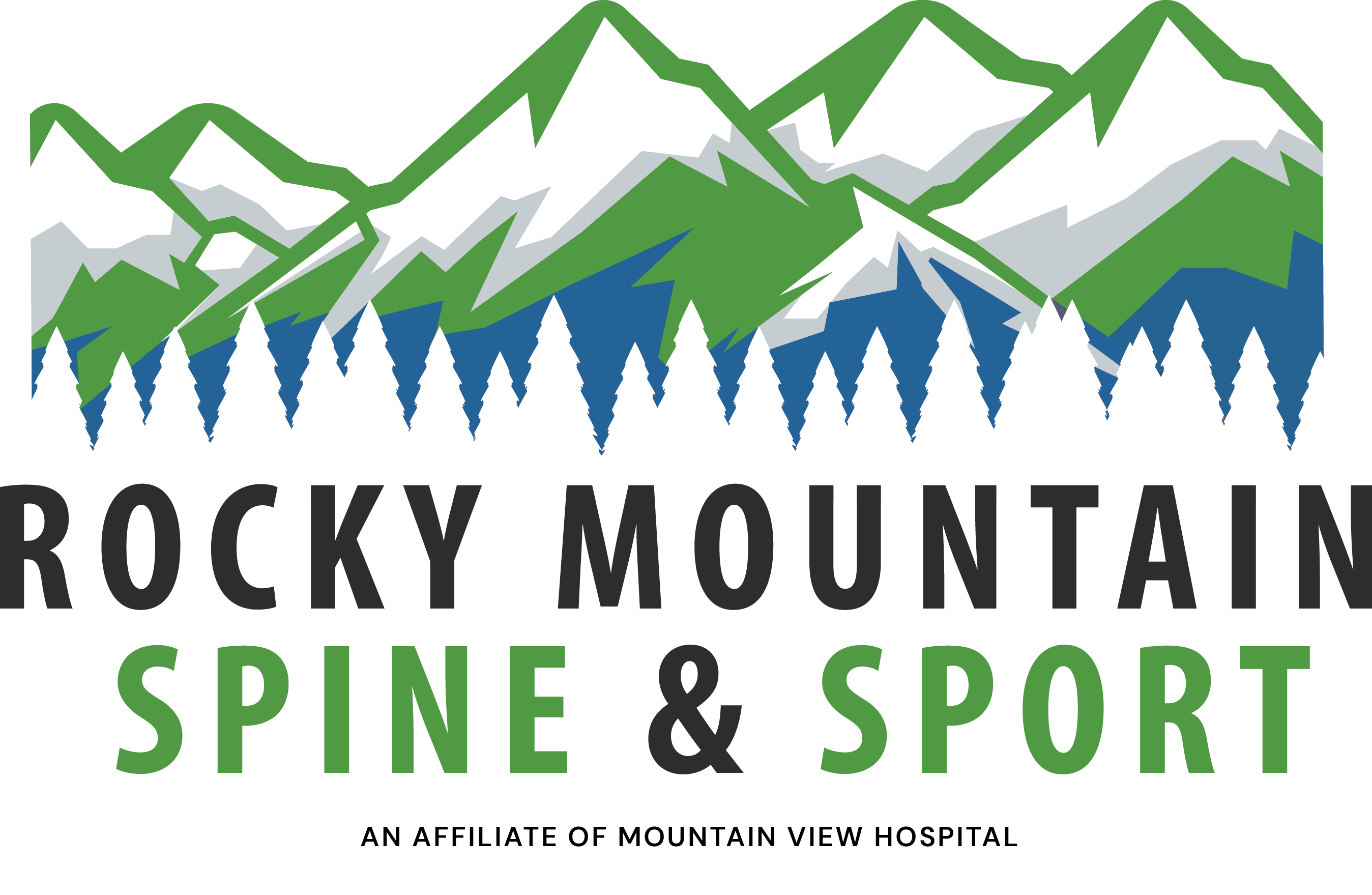At least six months of chronic pain in the lower back
Vertebrogenic Pain
The human spine consists of bones, ligaments, and discs that provide structural support for the lower back, upper back, and neck. It helps to support the upper body, shoulders, and head, allowing people to stand up straight, twist their bodies, and bend down. It also protects the nerves related to motor and sensory control.
Vertebrogenic pain is a specific kind of chronic lower back pain that results from damaged vertebral endplates. These endplates cover each vertebra at the top and bottom and separate it from the disc.
Damage can occur due to the stress of everyday wear and tear or from disc degeneration, often causing inflammation and pain. Pain signals are then carried to the brain from the endplates that have become inflamed by the basivertebral nerve (BVN) that is located within the vertebrae.
Common Causes
- A physical job: Regularly bending, lifting, and carrying heavy items can cause damage over time.
- Genetic factors: A family history of chronic back pain can increase the risk of experiencing vertebral pain.
- Physical factors: Increased height and obesity can add stress to the body, breaking down endplates over time.
- Trauma: An accident or fall can also cause damage.
- Wear and tear: Endplates can sometimes be broken down slowly over time due to normal activities.
Patient Descriptions
While both the disc and the endplate are part of the anterior spinal column and can lead to similar symptoms of lower back pain, endplate pain is associated with distinctive changes on routine MRIs known as Modic changes.
Patients with this form of pain commonly describe pain in the middle of their lower back that is worsened by physical activity, sitting, bending forward, or bending and lifting. It is often experienced as aching or burning sensations. This pain becomes very disruptive to everyday life, limiting mobility and hindering day-to-day activities and exercises. Treatment can address these issues, helping patients find relief and get back to doing the things they love.
Introducing the Intracept® Procedure
The BVN enters the vertebral body—the bone structure that forms part of the spine—from the back and branches out toward the endplates. When these endplates become damaged, the nerve endings multiply and become more sensitive, transmitting pain signals to the brain.
The Intracept® procedure heats the BVN with a radiofrequency probe. This prevents pain signals from being sent to the brain, leading to relief in the lower back. The procedure preserves the spine’s structure and is a minimally invasive, implant-free, and same-day procedure. Patients are normally under anesthesia for about an hour.
This form of treatment is FDA-approved and proven as an effective and safe treatment. Clinical evidence shows that the majority of people who undergo this procedure experience major, long-term improvements related to both pain and function.
Intracept® Candidate Information
The Intracept® procedure is for patients with the following experiences:
Like many procedures, the Intracept® procedure can carry risks. These should be covered in conversations between patients and their providers.
Treatment at Rocky Mountain Spine and Sport
At Rocky Mountain Spine and Sport, we are committed to helping others find lasting healing. If you have lower back pain, our dedicated team can conduct evaluations to help you determine your next steps.
Vertebrogenic pain can be debilitating, and we want to help you find relief so you can get back to feeling your best. For more information on the Intracept® procedure or how we can address vertebrogenic pain, contact us today.








